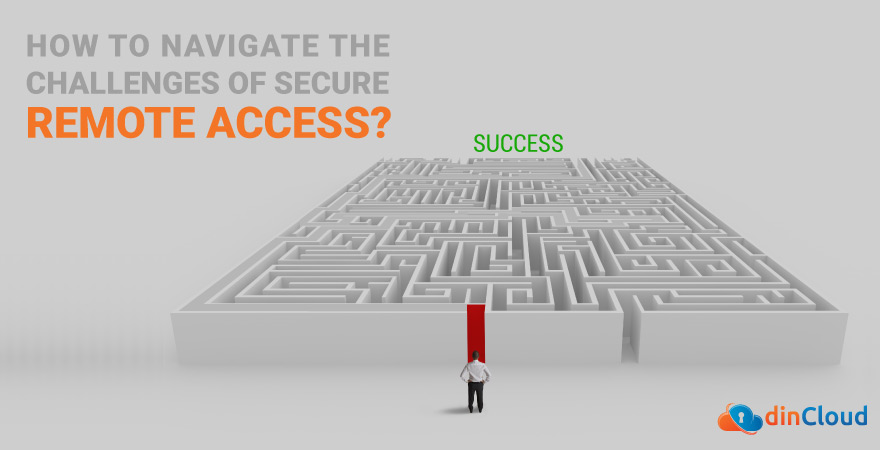In terms of IT operations and management, the last two years have been very disruptive. Traditional methods of how enterprise workloads were executed and managed had to completely change almost overnight.
This complex situation was further worsened by an unprecedented rise in the number of cyber attacks. During this entire period, we not only witnessed a rise in cyber attacks like ransomware, but some of these attacks also made their way into enterprise networks.
In this post, we will discuss some of the most time efficient and effective mechanisms that have the potential to make remote access secure and productive.

Hybrid Workforce Models to Stay Put
The enterprise workforce is mostly transitioning from a Work from Home (WFH) model towards a Work from Anywhere (WFX) mode. This of course also includes the physical workplace, albeit only when it is essentially required, or on a periodic basis.
A hybrid workforce also presents its own set of challenges, as this workforce model will have to be based on access and security controls that have the inherent flexibility to support such a dynamic productivity environment.
Related: 17 Best Practices to Attain Secure Remote Work Environments
The Gradual Phase Out of VPNs
Virtual Private Networks (VPN), in the opinion of most network and cyber security analysts, are a dying breed. VPNs have perhaps lived out their most efficient era. Now, these legacy solutions that made remote access secure are proving inadequate for today’s needs.
Most VPNs, no matter how good, are proving a notable drag on security, productivity and end user experience. Legacy VPNs tend to grant too much access to users, once they have been let through. Secondly, VPNs only provide security at the network perimeter.
Now, let us discuss why modern solutions like Secure Access Service Edge (SASE) and Zero Trust Architecture are the future of making remote access fully secured.
Secure Access Service Edge (SASE)
A SASE solution solves two very important issues simultaneously. Firstly, this is an ideal security architecture when it comes to multi cloud environments, which are constantly on the rise due to a host of benefits that the multi-cloud has to offer.
SASE encompasses the entire multi cloud environment, thus eliminating the challenges of consolidating the security and authentication protocols of disparate Cloud Service Providers (CSP), all at the same time.
The other advantage of SASE architecture for securing remote work is taking the cyber security envelope right down to the tier of employee endpoint devices, or the point of origin of any remote access solution or service. SASE also minimizes latency.
Related: The Steps You Can Take to Secure Remote Work Environments
Zero Trust Network Architecture
A Zero Trust Security model is proving very effective for securing remote access, especially in the case of remote and hybrid work models. A zero trust model negates the concept of perpetual trust, and necessitates user authentication upon each login.
In zero trust security model, end users accessing organizational data and other resources will have to authenticate themselves before any access is granted. Secondly, zero trust security revolves around making sure end users go through authentication every time.
A continuation of the zero trust network philosophy is sub-segmentation of enterprise networks. That way, user access can be confined only to the functional roles of each and every remote employee, a capability totally lacking in legacy VPN solutions.
Network sub-segmentation goes a long way in preserving the intellectual property and proprietary solutions that enterprises develop in-house. Lastly, this approach to network security greatly minimizes the impact of a security or data breach, if it happens at all.
Related: How DaaS Solutions Make Remote Work Secure, Productive and Seamless?
Conclusion
Hybrid and remote work are here to stay, maybe for good. It is high time that enterprises embrace this change and approach the challenges associated with it through secure remote access solutions like SASE and Zero Trust architectures.
Please feel free to Contact dinCloud for cloud solutions that are secure, reliable and scalable as per your evolving enterprise needs.


